For Jennings, who joined the company as managing director in 2006, it was a challenge after a career that reads like a roll-call of the leading premium department stores: Saks in New York, Holt Renfrew in Canada, and Harrods and House of Fraser in the UK.
Jennings’ focus has been on making sure that Woolworths South Africa meets the needs of the country’s shoppers. “The retail graveyard is full of retailers that are not relevant anymore,” he says. But meeting this challenge has been complicated by the rapid social change during which a black middle class – known as the Black Diamonds and characterised by an enthusiasm for brands – has rapidly emerged.
“I went in and I said: ‘Who are our customers now and who do we want them to be in future?’.” Jennings tackled this issue by using a three-by-three matrix, with product quality: good, better and best along one axis, and customer type: classic, modern and contemporary, along the other.
In what he calls “the headquarters assortment” of good and better classic and modern product, Woolworths has a dominant position – it has 30 per cent share in men’s socks, for example – but in other areas the presence was lacking.
His solution was to fill in the gaps in the matrix with new private label brands and give them their own distinct shop-in-shops to break up the stores.
Branded food was also introduced five years ago and now represents 9 per cent of the range. “It means customers can do a complete shop,” says Jennings, who explains that the Black Diamonds demand brands such as Coca-Cola and Nescafé. This has helped food market share move from 5 per cent to 9 per cent in five years.
Being at the heart of the new South Africa is crucial to Woolworths retaining its unique position in retailing in the country. To that end it is backing new South African designers and – like M&S – reinforcing its sustainability credentials.
Despite a challenging market, the last set of interim results for parent company Woolworths Holdings revealed an 8 per cent increase in sales and an 18 per cent rise in group pre-tax profits in the second half of last year.


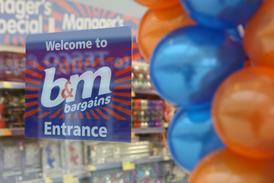
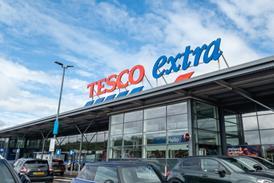
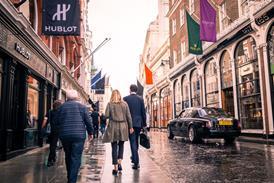















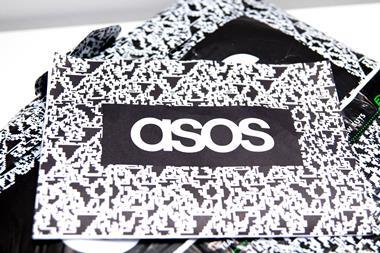
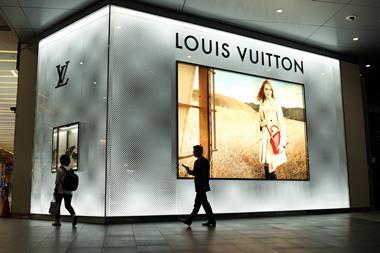

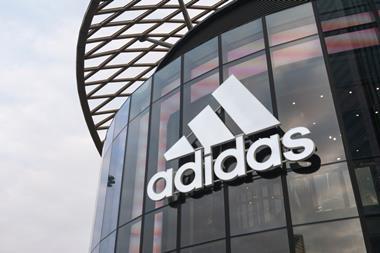
No comments yet